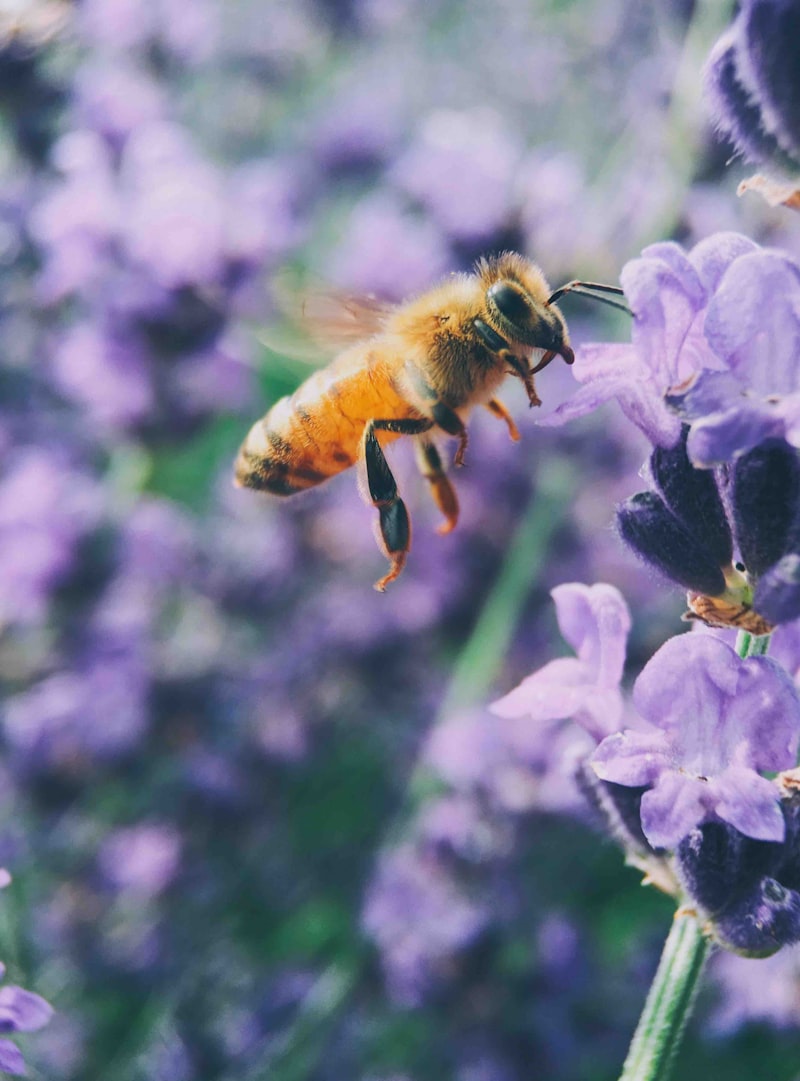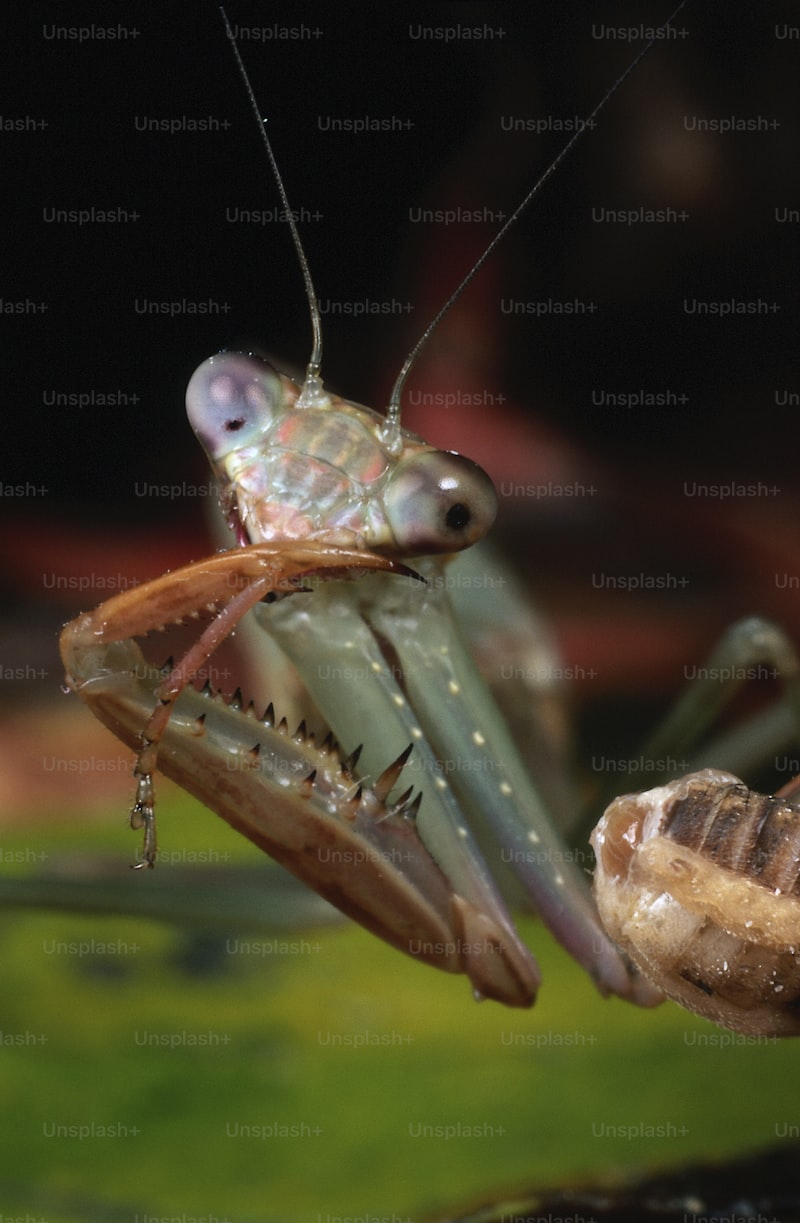Have you ever wondered how insects, those tiny creatures buzzing around us, manage to reproduce so effectively? It turns out, they have some incredible strategies up their sleeves that ensure their survival and proliferation.
First off, let’s talk about the sheer numbers game. Insects, being small and often vulnerable to predators, have evolved to produce a large number of offspring. This strategy is known as ‘fecundity’, which simply means the ability to produce many offspring. Think of it like this: while a single mammal may have a few offspring at a time, insects can lay hundreds or even thousands of eggs in their lifetime. This maximizes the chances that at least some of their offspring will survive to adulthood.
But it’s not just about quantity; insects are also masters of timing and location. Many species have developed specific behaviors and adaptations to ensure their eggs are laid in optimal conditions. For example, some butterflies lay their eggs on specific host plants that will provide food for their larvae once they hatch. This ensures the young caterpillars have a good start in life.
Now, let’s talk about diversity in reproductive strategies. Insects exhibit an incredible diversity in how they reproduce. Some, like ants and bees, live in highly organized colonies where only a few individuals are responsible for reproduction (queens and drones). Others, like dragonflies, engage in dramatic aerial displays to attract mates. This diversity not only showcases the adaptability of insects but also their ability to thrive in various environments and ecological niches.
Another interesting aspect is ‘parthenogenesis’, where females can produce offspring without fertilization by males. This is seen in some ants and bees, where unfertilized eggs develop into males, while fertilized eggs develop into females. It’s a fascinating adaptation that allows these insects to quickly increase their population under favorable conditions.
Insects may be small, but their reproductive strategies are anything but simple. From fecundity to specialized behaviors and even unconventional methods like parthenogenesis, these creatures have evolved a myriad of ways to ensure their survival and success in the wild. So next time you see a buzzing insect or spot a butterfly laying eggs on a leaf, remember the incredible strategies at play behind their seemingly simple actions.
From Swarming to Synchrony: Unveiling Insects’ Diverse Mating Rituals
Take fireflies, for instance, whose evening performances light up the twilight with their bioluminescent courtship. In a synchronized display, males flash patterns that are species-specific, aiming to catch the attention of receptive females. This spectacle not only mesmerizes observers but also serves as a critical mechanism for species recognition and mate selection.
Meanwhile, bees engage in a complex dance known as the waggle dance, where a foraging bee communicates precise details about a food source to her hive mates through intricate movements. This dance isn’t just about food; it’s a sophisticated means of conveying critical information essential for the survival and efficiency of the colony.
In contrast, butterflies court through an elegant airborne ballet, where males chase females in breathtaking aerial pursuits. These delicate creatures employ visual signals such as coloration and wing patterns to attract potential mates, turning the sky into a canvas of fluttering beauty and competition.

Ants, on the other hand, exhibit swarming behavior during their nuptial flights, where winged males and queens take to the air in massive numbers to mate. This synchronized emergence ensures genetic diversity and the establishment of new colonies, a vital process for the survival and expansion of ant societies.
Even the smallest insects, like beetles, demonstrate fascinating mating behaviors. Some species engage in dueling battles where males fight fiercely for the right to mate, showcasing strength and endurance in a contest that decides reproductive success.
Survival of the Fittest Eggs: How Insects Optimize Reproduction
Imagine a tiny egg, a powerhouse of potential, delicately laid in a carefully chosen spot. Each species has honed specific techniques to maximize the chances of their offspring thriving. Some insects, like the monarch butterfly, deposit their eggs on milkweed plants, which provide essential nutrients and protection from predators. This strategic choice not only ensures the survival of their young but also perpetuates their species through generations.
But survival isn’t just about choosing the right location. Insects have evolved astonishing adaptations within their eggs themselves. Some species encase their eggs in tough shells that withstand extreme temperatures or hostile conditions. Others have developed intricate camouflage to blend seamlessly into their surroundings, avoiding detection by predators.
The quest for survival through optimized reproduction extends beyond just physical defenses. Insects utilize timing and synchronization to ensure their eggs hatch at the most advantageous moment. This might coincide with the availability of food sources or favorable weather conditions, giving their offspring an immediate advantage in the competitive race for survival.
Moreover, the sheer diversity of insect reproductive strategies is awe-inspiring. From solitary bees meticulously crafting individual nests for their eggs to ants farming fungi within their colonies, each approach reflects millions of years of evolution fine-tuned to overcome challenges in their environments.
Chemical Charisma: The Role of Pheromones in Insect Courtship
Ever wondered how insects manage to find their perfect mate in a buzzing world filled with millions of potential partners? The secret lies in a fascinating chemical language called pheromones. These tiny molecules play a colossal role in insect courtship, guiding individuals through a complex dance of attraction and reproduction.
Insects, from butterflies to ants, rely heavily on pheromones to communicate their availability, species identity, and even reproductive status. Imagine these pheromones as nature’s very own love letters, exchanged silently yet powerfully through the air. They are emitted by one insect and detected by another, triggering specific behaviors that ensure successful mating.
Take the case of ants: each colony has a unique blend of pheromones that helps distinguish friend from foe and mate from rival. This chemical signature not only facilitates courtship but also maintains order within the colony, ensuring harmony and efficient division of labor.
For butterflies, pheromones act as enchanting perfumes that attract potential partners from afar. Male butterflies release these fragrant molecules into the breeze, creating an olfactory trail that females follow with precision. It’s a ballet of scents and signals, where the slightest chemical cue can mean the difference between finding the perfect mate or missing out.
In the world of moths, pheromones are so potent that they can attract mates from several miles away. Females emit these alluring scents, which males detect using specialized antennae designed to pick up even the faintest chemical signals. This remarkable sensitivity ensures that moths can find each other in the vast darkness of night, a testament to the power of chemical communication.
But pheromones aren’t just about attraction—they also play a crucial role in ensuring reproductive success. By emitting precise blends of pheromones, insects can synchronize their mating seasons, optimize population growth, and maintain genetic diversity within their species.
Nymphs and Nuptials: Exploring Mating Behavior in Juvenile Insects
In the intricate world of insects, the journey from nymph to adulthood is not just about growth but also about the delicate dance of mating rituals. Juvenile insects, known as nymphs, undergo fascinating transformations as they prepare for adulthood. Understanding their mating behavior provides insights into their survival and reproduction strategies.

During their nymph stage, insects are in a developmental phase where they resemble miniature adults but lack fully developed reproductive organs. Despite this, some nymphs exhibit precocious behaviors related to courtship and mating. This early engagement in mating behaviors serves evolutionary purposes, allowing them to establish dominance hierarchies and familiarize themselves with reproductive rituals.
One of the intriguing aspects of nymph mating behavior is its diversity across insect species. For instance, in dragonflies, nymphs engage in complex courtship displays underwater, showcasing their agility and prowess to potential mates. These displays often involve intricate movements and coloration changes that signal readiness for mating.
Another example can be found in butterflies, where caterpillar nymphs emit pheromones to attract potential mates from afar. This chemical communication is crucial for ensuring successful reproduction once they reach adulthood. Understanding these early behaviors sheds light on the evolution of mating strategies and the adaptive advantages they confer.
Overall, exploring the mating behavior of juvenile insects reveals a world of adaptation and survival strategies. From subtle chemical cues to elaborate courtship displays, nymphs exemplify nature’s creativity in ensuring the continuation of their species. By studying these behaviors, scientists gain deeper insights into the ecological dynamics and evolutionary pressures that shape insect populations worldwide.
Frequently Asked Questions
What are the advantages of different mating systems in insects?
Learn about the advantages of various mating systems in insects, including benefits like increased genetic diversity, enhanced reproductive success, and adaptation to environmental changes. Understand how these systems contribute to species survival and evolutionary strategies.
What role do pheromones play in insect reproduction?
Pheromones are chemical substances that insects release to communicate with others of the same species. In reproduction, pheromones serve as signals for mating readiness, attracting potential mates over long distances. They also help in coordinating mating behaviors and synchronizing reproductive cycles among individuals.
How do insects ensure successful fertilization?
Discover how insects ensure successful fertilization through various methods such as pollen collection, pollination, and targeted deposition on receptive plant parts. Learn about the crucial role of insects in plant reproduction and ecosystem biodiversity.
How do insects choose their mates?
Learn how insects choose their mates efficiently. Explore the fascinating methods these creatures employ to find suitable partners, ensuring successful reproduction.
What are the different reproductive strategies used by insects?
Learn about the diverse reproductive strategies employed by insects, including mating rituals, egg-laying behaviors, and unique adaptations for survival and reproduction in various environments.



